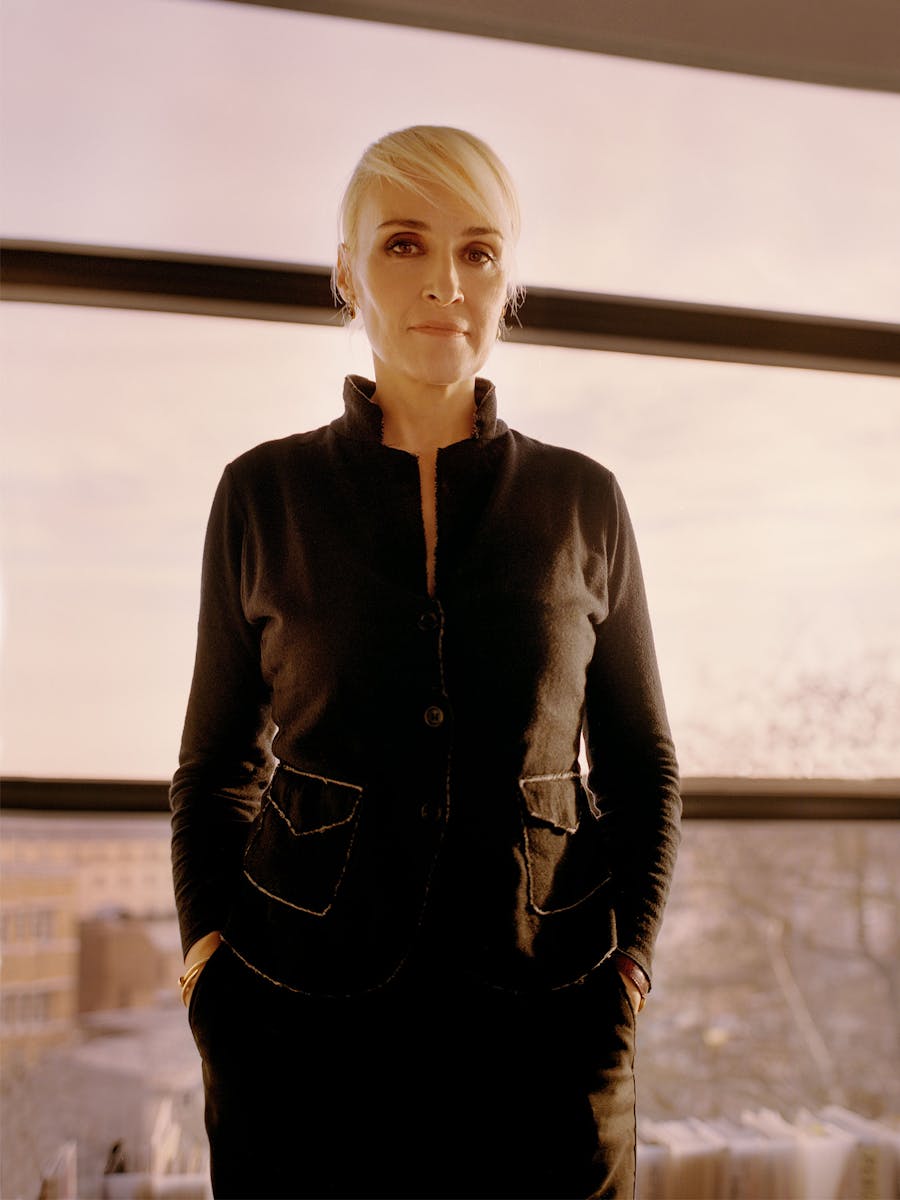In the world of political communication, two recent dates have stood out: the day when the Mueller report was published in Washington and the February 25th this year. That day a political earthquake left Democrat strategists trembling. Yet everything had started so well. At the end of winter, after much speculation, Barack Obama’s former Vice President, Joe Biden, finally threw his hat into the ring for 2020. He gathered all of Washington for the inauguration of the Biden School of Public Policy and Administration Many of the capital’s leading communications directors were present. For some weeks already, they and their teams had been polling voters on the “the best democrat to beat Trump”. To their great surprise the results were unanimous – if the elections were to take place today – Joe Biden would become President of the US, with a lead of at least 10-15 points over Trump in the polls. It was out of the question, then, not to turn up for the potential president…All the old campaigners who have been putting people into the White House for years wanted a bit of his time. Sharks circling. For many decades, it has been the case that advising a successful presidential candidate is a route to fame and fortune. Former strategists often find lucrative work as guests on TV shows and are courted by publishing houses looking for gossip from campaign insiders. If Hollywood has agents for the Oscars, Washington has strategists for its electoral winners. Physically seeing Biden was, therefore, the aim of every self-respecting communications director on that February day. The former advisers of Bush and Clinton wanted to use a method honed over many years: approach the future president, take their hand for a short moment and tell them, “I have no doubt that you’re going to win. I want to work for you.” Until 2008 and the arrival of Obama, that briefest of exchanges was enough to get an interview with a presidential candidate in less than a week. No serious candidate would ever ignore a strategist who had already helped dozens of senators and governors become elected. This particular February 25th, however, things didn’t go to plan…
Biden publicly highlighted the difference between the 2012 Obama campaign and the 2020 campaign. He proffered the following, surprising statement: “Social networks have fundamentally changed things in politics. The democrats receive briefings from the executives running these platforms telling us what we have to do and what we need!” The stars of political communication who filled the room were dumbfounded. Since the arrival in Washington of Jeff Bezos, the founder of Amazon and owner of the WashingtonPost, many among them feared for their prospects in 2020, but Biden put the final nail in the coffin. From Iowa to Washington, campaign directors also let it be known in the week that followed that they “no longer want people parading from dinner party to dinner party claiming to have come up with the slogan that got the president elected.” Instead they want geeks who don’t speak at all and “do everything on social networks to create a positive image of the candidate as a relatable human being.” The model is no longer that of rehearsing a long programme with costed policies for a televised debate, but to have strategists capable of turning the candidate into the toast of social networks, like Kim Kardashian, Trump, or the young Democrat star, 29-year-old Alexandria Ocasio-Cortez. Saikat Chakrabarti, strategist and chief of staff, was recently been described as the “agent of change” by the Washington Post. At the age of 33, he is one of the most sought after men on Capitol Hill. The son of Indian immigrants, this Harvard graduate studied IT and began his career in Silicon Valley. Having run two start-ups in San Francisco, he went into politics with the aim of changing everything. He made his debut as adviser to Bernie Sanders during the 2016 campaign. An idealist who refused to give up on his dreams in Trump’s America, in 2018 he spearheaded a movement on social networks asking citizens to present themselves as candidates in their boroughs. He explained, at the time, that he wanted to “smash the world of politics and prove that he can win an election with no money and no party.” The independent young spirit who wanted to shake things up immediately won over AOC who, with him, won her election in New York and found global fame. A new political guru for the new generation of Democrats had emerged. For Saikat Chakrabarti and his associates, idealism and social networks are the critical weapons for beating Trump. These political geeks who skip lunch and devour TV box sets about the old days of Washington note happily that, since studies say voters aged less than 55 no longer watch political shows on television: “wooing leading TV journalists is a dead end”. In the corridors of Congress, they carry two iPads, bottles of coloured Vitamin water and often have tucked under their arm the magazine AD Edge, which recently revealed that a third of 18-49-year-olds in America no longer watch television, preferring social media and apps…Thanks to Tom Perez, the chair of the DNC, this philosophy is welcomed and supported. The higher-ups in the party help, in a non-official capacity, with the “virtual centre of political communication” which is created and run by a couple – he a former financer of the Obama campaign and she an ex-online strategist from the Obama White House. With a network principally between LA and Chicago, more than $10 million has already been raised and placed in a fund dedicated to the new digital strategy for 2020. In a rare interview granted to our colleagues at Vanity Fair, the directors of this virtual centre affirmed their commitment to “wanting to save, with new methods, democracy and its candidates”. The centre therefore supports start-ups which aim to promote democracy, analyse the consumer habits of non-voters, and, of course, create apps which will encourage people to vote. In this new world, old, ambitious candidates like Bernier Sanders, the second favourite behind Biden, are adapting. Last winter, he abruptly fired all of his traditional team of advisers, who had supported him for years. A few weeks prior, young strategists had approached the 78-year-old senator, encouraging him to make a video about himself, which in less than 24 hours was viewed more than 7 million times on YouTube.
The old team were treanot best pleased. In a press release, without offering the possibility of an interview, the new favourites of the campaign publicly executed their predecessors, announcing, “their strategic approach is no longer compatible with the direction the senator-candidate is moving in. We wish them luck for their new adventures.” The first political hit job of the new world!
The finance sector also has ideas and resources to help these Democrat geeks. So Philip Munger, son of the billionaire owner of the Berkshire Hathaway Fund and Dan Tierney, founder of the start-up Getco, have come together with the CEO of Amalgamated Bank to develop a charity organization called Future Majority. With $60 million, the idea is simple: concentrate, via social networks, on states where the middle class is swaying and where swing voters are legion. That means it is the states of the Mid-West, at the centre of America, where the image of the democrats can be rehabilitated. In a memo obtained by the newspaper Politico, Future Majority advises “Democrat influencers to keep on asking members of the government, via social media, to explain what they mean when they talk about public investment.” The objective is “to have a permanent debate which will capture the attention of the disillusioned middle class.” Celebrities such as Hollywood actors and screenwriters are politely called upon to feed such discussions via Twitter and relay, if possible, Future Majority’s videos on Instagram and YouTube. The organisation has even set up “a creative group” with people from Hollywood to think about how to produce YouTube videos on the issues that matter to voters of the Mid-West “with human stories”. These “digital experts and human interest creators” are the most sought after strategists. In New York a highly prized company belongs to Curtis Hougland, which has been fighting IS, hate speech, extremism, and misinformation on line for several years now. Eye-watering sums have been offered for his political allegiance. Many politicians and candidates were impressed by the experiment in Nevada in which his team tested artificial intelligence to analyse the behaviour of voters with regard to the gun control debate. Algorithms have a much brighter future than dinner parties...
⏤ Nonetheless in this new world, we still crave human contact. This person is called “strategist-in chief”. Since his 2016 campaign, Donald Trump has proven himself to be considerably better than all of the spin doctors and digital experts in Washington. In the capital, Democrats affirm that, “the right political message on the economy has yet to be found and Donald Trump understood the mood of the time”. Polling at around 50%, according to a recent Washington Post poll, the presidential candidate has spent the last few weeks putting together his 2020 strategy. He has already assembled a campaign team outside of the White House, not of young advisers, but faithful ones. He has them testing thousands of campaign adverts on Facebook. Trump mixes the human and the digital. He organises huge meetings in stadia, and, between two attacks on the press, recently tested his latest idea applying marketing to politics. He asked his supporters to send donations via text during his speeches.
In the first campaign meeting, he received more than $28 million thanks to messages from his fans. The messages went directly to the Republican Party and the money to its coffers. Trump does not have a gaggle of youngsters around him, but simply a carefully chosen few. It’s mainly women, like his daughter Ivanka, but also Stephanie Grisham who, since the end of June has been occupying three posts: communications director to the president, to first lady Melania and chief White House spokesperson. Unprecedented. Grisham was rewarded for her many years of loyalty but also for her work with Melania, for whom she was Chief of Staff. This young brunette works incredibly hard, and more so than Democratic geeks, relies on human contact to disseminate her ideas amongst journalists. This summer, during the historical summit between the President and Kim-Jong-un, she physically confronted the North Korean leader’s bodyguards to ensure that her small group of American journalists were able to enter the room and capture the moment. The North Korean security were unimpressed and a scuffle broke out to block the adviser from entering. In resisting she was slightly injured and the images which subsequently circulated on news channels enabled Americans to see her strength. Trump is also betting on another woman for his campaign. Once more, not a young geek, but a loyalist who had worked at the White House as an adviser to the president: Mercedes Shclapp, bilingual in English and Spanish. She has thus been given the responsibility for the Latino vote which, taking account of demographic changes in the US, will be a key element to win in 2020. In learning of her appointment, Mercedes tweeted: “Thrilled to be joining the President’s re- election campaign! @realDonaldTrump is the best fighter for the American people we have ever had.” As for the Democrats - they are still arguing about how to find the best digital team for the job.
Translated into English by Sara & Emma Bielecki.





